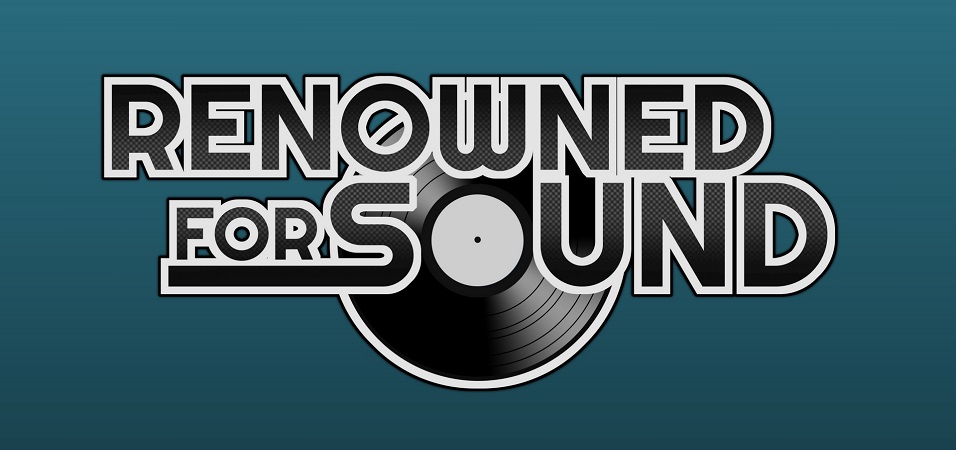October Challenge: The Texas Chainsaw Massacre
2 min read
The Texas Chainsaw Massacre is an experiment in pain, an unsettled masterpiece that deliberately tries to upset its audience at every possible turn. It’s less a film and more a physical and emotional endurance test: a movie that, in the words of Wes Craven, comes to feel as though it were made by a serial killer with a stolen camera. After all, part of its terrifying pleasure comes from its distinctly DIY elements. It’s the kind of film that could never be remade, or reconstructed: a gruelling hideous work of art.
Tobe Hooper loves leaving his audience without an obvious hero to rally behind, and the lack of protagonist in The Texas Chainsaw Massacre makes the viewer directionless and anxious. Although we spend the first segment of the film in the van with them, we never really empathise with our spoiled, bratty main characters, with Sally Hardesty (Marilyn Burns) grating as much as her paraplegic brother, Franklin (Paul A. Partain). Indeed, Hooper repeatedly plays on the mixed feelings we have towards Franklin; we are drawn to empathise with him because of his disability, and yet his mewling, unpleasant behaviour begins to annoy very quickly.
But it’s not just this moral ambiguity that Hooper uses to unsettle the audience; he throws every trick in the book at us. Perhaps the most striking tactic he deploys is the use of music. The early segment of the film is filled with barely audible noise, as the van’s radio fills the scene with unceasing chatter. It means we never get a moment of silence to reflect upon what is happening, and has all the illogical unease of a nightmare.
Unease being the key word. The film boils over slowly, paranoid and unpleasant to a tee, until our arch antagonist Leatherface is revealed. The master of ceremonies, Leatherface is as terrifying a villain as has ever been stamped upon the screen, and with the titular chainsaw in his hand and corpse mask slathered over his face, he becomes a kind of primal villain, the boogeyman of our collective childhoods.
There are few final shots as haunting as the one that closes out The Texas Chainsaw Massacre. Rather than wrapping up with either the happy ending that Hollywood gives us, or the typically tragic finale that has become almost a horror movie cliché, Hooper neither uplifts nor condemns. His climax is as woozy and uncertain as the film that has come before it. It’s not clear if we are meant to celebrate or mourn, and in this way, the conclusion develops a toxic power, one that grows in the mind like a tumour. It’s the perfect way to end one of cinema’s most chilling experiences, a film that has not lost one iota of its power to shock.

